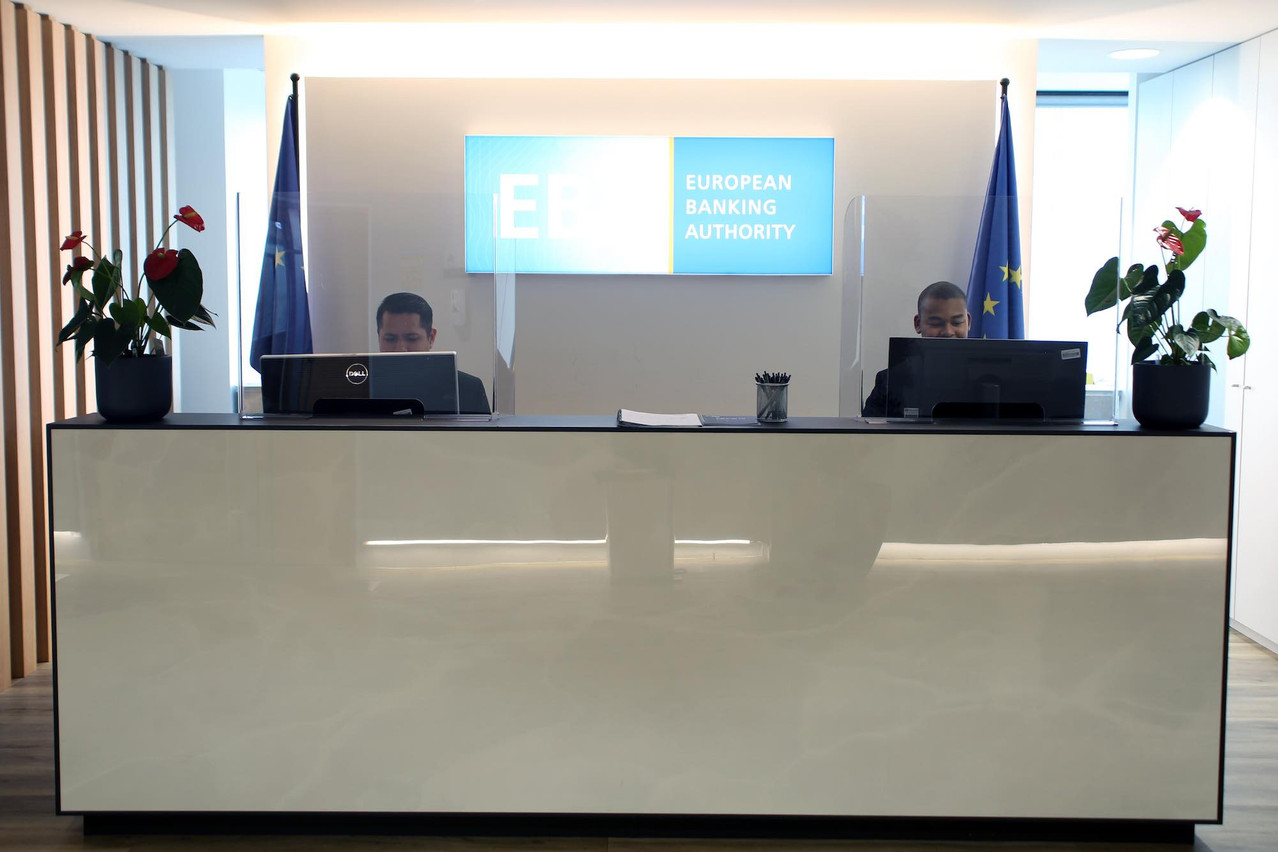An EU regulator has called for the inclusion of environmental factors in bank stress tests, and for banks to take into account environmental and social criteria when reviewing operational risk and in real estate valuations when granting loans. The report said credit agencies should consider environmental and social risks when issuing ratings.
The European Banking Authority’s 129-page report, on 12 October 2023, emphasised the importance of promptly integrating these risks into the prudential framework to foster a transition towards a more sustainable economy while maintaining the banking sector’s resilience and preserving overall stability of the financial system.
The report recommended risk-based enhancements to the existing risk categories within the Pillar 1 framework, which covers capital requirements. Additionally, it explored the potential use of macroprudential tools, highlighting the complexities associated with introducing green supporting factors or brown penalising factors at that stage.
The EBA’s recommendations for immediate action, spanning the next three years as part of the revised capital requirements regulation and capital requirements directive (CRR3/CRD6) implementation, included:
- Incorporating environmental risks into stress testing: The EBA proposed the inclusion of environmental risks in stress testing programmes, encompassing both the internal ratings-based and internal model approaches under the fundamental review of the trading book (FRTB).
- Encouraging environmental and social factors in credit assessments: Credit rating agencies were encouraged to incorporate environmental and social factors into their external credit assessments.
- Due diligence and property valuation: The report recommended the inclusion of environmental and social factors in due diligence requirements and the valuation of real estate collateral.
- Identification of operational risk triggers: Institutions were required to identify whether environmental and social factors constituted triggers for operational risk losses.
- Development of concentration risk metrics: Environment-related concentration risk metrics would be progressively developed as part of supervisory reporting.
Read also
Taking a longer-term perspective, the report envisioned potential revisions to the Pillar 1 framework, reflecting the growing importance of environmental and social risks. These prospective revisions included:
- Scenario analysis for forward-looking prudential framework: Scenario analysis could be employed to enhance the forward-looking aspects of the prudential framework.
- Role of transition plans: Transition plans could become integral to further risk-based enhancements within the Pillar 1 framework.
- Revising the IRB supervisory formula: The report called for a reassessment of the internal ratings-based supervisory formula and the corresponding standardised approach for credit risk to better incorporate environmental risk elements.
- Introduction of concentration risk metrics: Environment-related concentration risk metrics might be introduced under the Pillar 1 framework.
The recommendations are subject to further EBA assessments.
